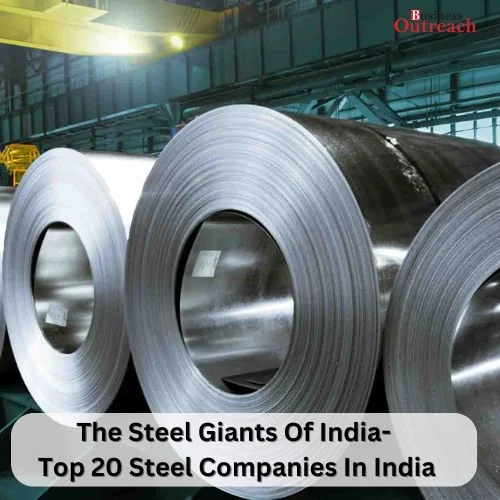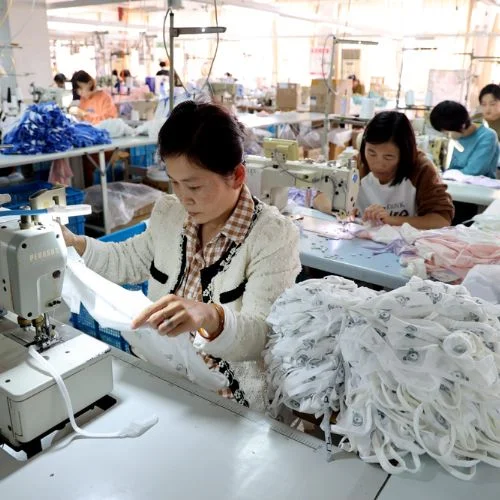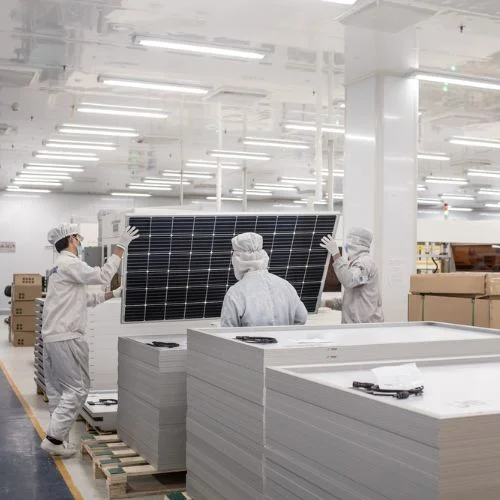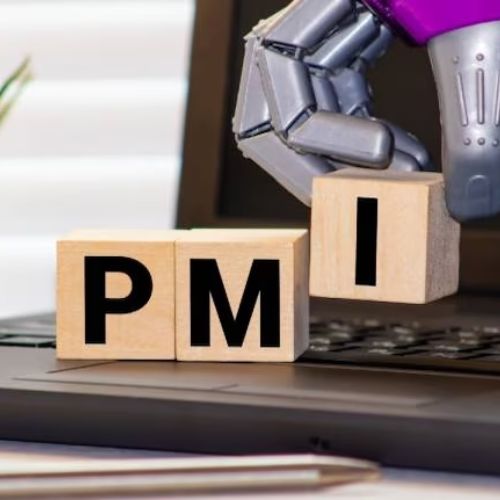The future of manufacturing in India is promising, but it also presents significant challenges. India has emerged as a major manufacturing hub in recent years, with the government’s “Make in India” initiative aimed at promoting manufacturing and attracting foreign investment. Manufacturing plays a significant role in India’s economy and has been a key driver of its economic growth.
Here are some of the reasons why manufacturing is important for India:
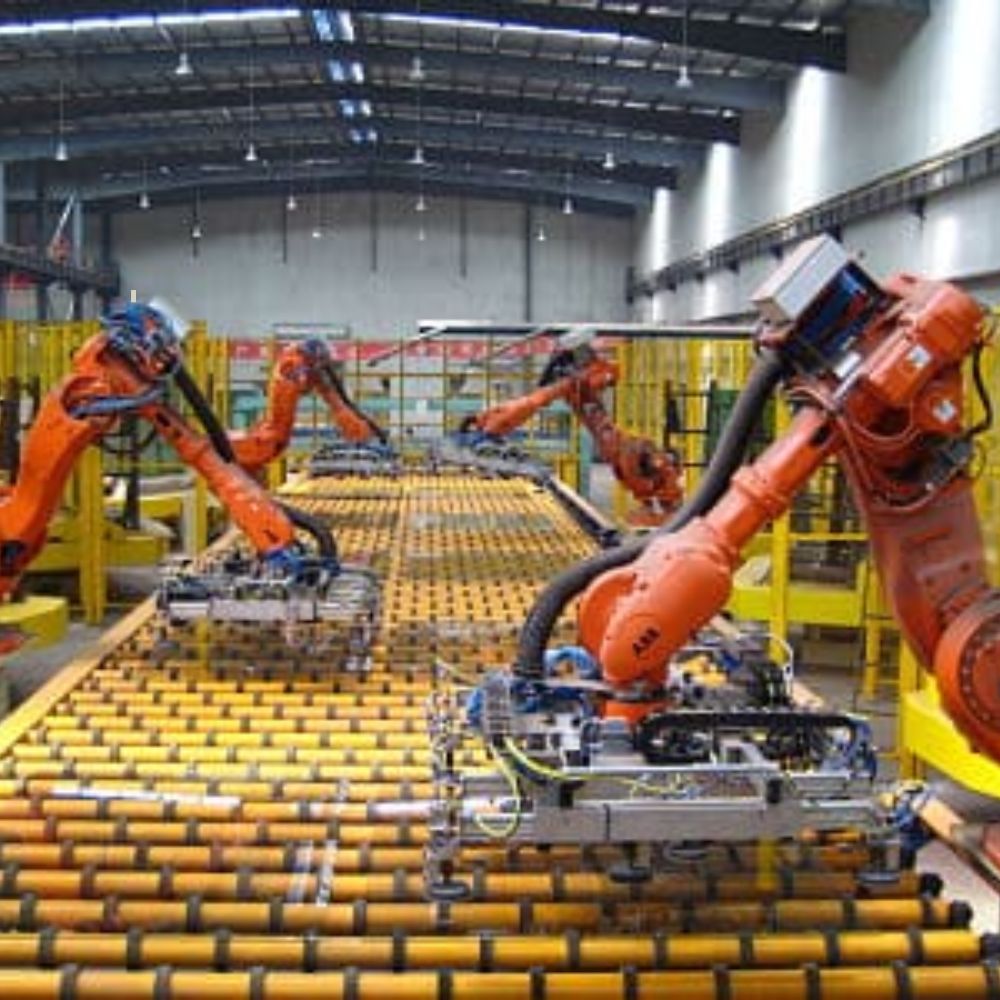
- Employment: The manufacturing sector in India is a significant source of employment, providing jobs to millions of people across the country.
- GDP Contribution: Manufacturing contributes significantly to India’s Gross Domestic Product (GDP), accounting for around 16-17% of the total GDP.
- Exports: The manufacturing sector in India is responsible for a significant proportion of the country’s exports, with products ranging from textiles and garments to pharmaceuticals, automobiles, and engineering goods.
- Technology and Innovation: The manufacturing sector has been instrumental in driving technological advancements and innovation in India. It has helped in the development of new technologies, processes, and products that have contributed to the growth of other industries.
- Infrastructure development: The development of the manufacturing sector requires the development of supporting infrastructure such as roads, ports, and power supply, which has led to the creation of infrastructure in the country.
- Economic growth: Manufacturing is a crucial component of India’s economic growth and development. It has the potential to create jobs, drive exports, increase foreign exchange earnings, and contribute to the overall development of the country.
Overall, manufacturing is an essential sector for India’s economic growth and development, and it will continue to play a crucial role in the country’s future.
The manufacturing sector is expected to play a crucial role in India’s economic growth and development in the coming years. Here are some opportunities and challenges for the future of manufacturing in India:
Opportunities:
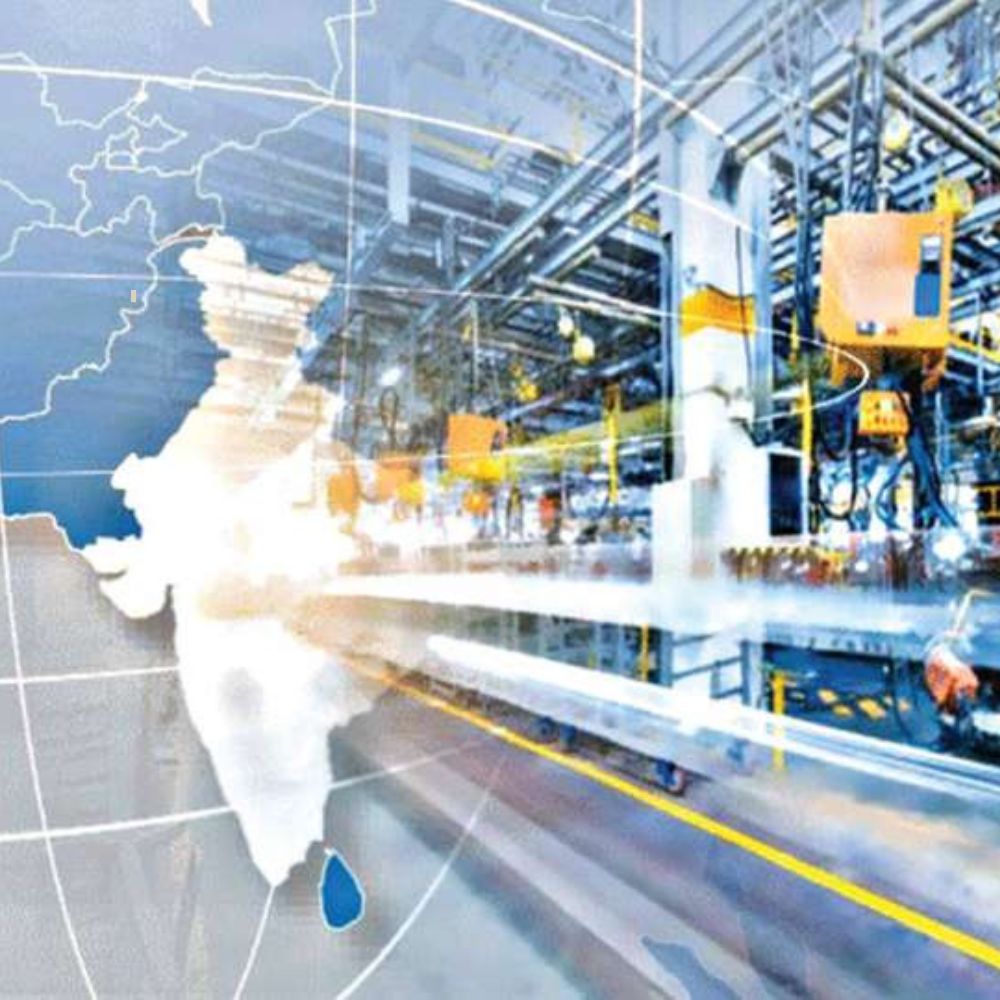
- Increasing Demand: With a population of over 1.3 billion, India offers a massive domestic market for manufactured goods. The rising middle class and increasing urbanization are expected to drive demand for consumer goods and infrastructure-related products, creating significant opportunities for manufacturers.
- Skilled Labor Force: India has a large pool of skilled labor, particularly in engineering and technology, making it an attractive destination for manufacturing firms. The government has also taken steps to promote skill development, which is expected to further enhance the country’s workforce.
- Global Competitiveness: India’s manufacturing sector is becoming increasingly competitive on the global stage, particularly in areas such as pharmaceuticals, automotive, and textiles. The country’s low labor costs and growing expertise in technology and engineering are expected to attract more foreign investment.
- Government Initiatives: The Indian government has introduced a number of initiatives aimed at promoting manufacturing, including providing financial incentives and simplifying regulations. The introduction of the Goods and Services Tax (GST) is also expected to streamline the manufacturing process and boost the sector’s growth.
Challenges:

- Infrastructure: India’s infrastructure, particularly its transport and power infrastructure, remains inadequate and is a significant challenge for manufacturers. The lack of reliable power supply and poor logistics infrastructure can add to the cost of production and make it difficult to compete with other countries.
- Regulatory Environment: India’s regulatory environment can be complex and challenging for manufacturers, particularly in terms of obtaining permits and complying with regulations. The government has taken steps to simplify regulations, but further reforms are needed to make it easier for companies to do business.
- Technology and Innovation: While India has made significant progress in developing its technology and engineering capabilities, it still lags behind other countries in terms of innovation. The lack of research and development (R&D) and inadequate investment in technology could limit the country’s ability to compete globally.
- Labor Laws: India’s labor laws can be restrictive and complicated, making it difficult for companies to hire and manage workers. The lack of flexibility in labor laws can also make it challenging for companies to adjust to changing market conditions and compete globally.
Conclusion
The future of manufacturing in India presents both opportunities and challenges. While the country has made significant progress in promoting manufacturing and attracting investment, further reforms are needed to address infrastructure, regulatory, and labor issues. If these challenges can be addressed, India has the potential to become a major global manufacturing hub and drive its economic growth and development.









